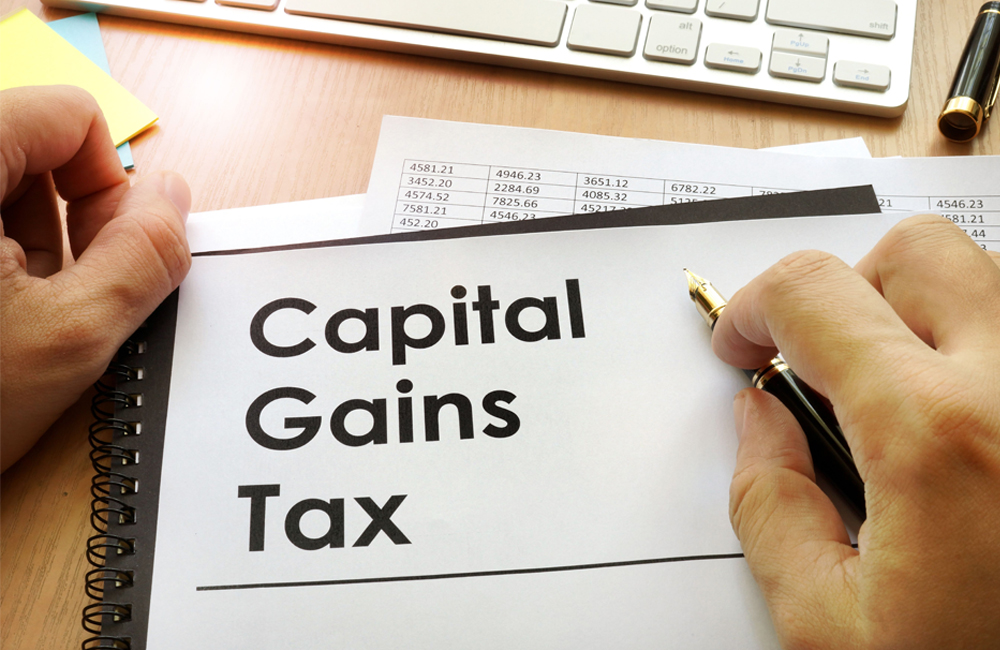
Understanding Capital Gains Tax (CGT) is crucial for any savvy property investor. It’s not just a tax; it’s a key factor that can significantly impact your returns. Let’s break down what it means for you and how to navigate it strategically.
When you sell an investment property, the difference between what you paid for it and what you sold it for determines your capital gain or loss. This gain or loss must be reported in your income tax return. Essentially, your capital gain is added to your income for the year and taxed accordingly, potentially increasing your overall tax liability.
While a capital loss can’t directly reduce your regular income, it’s not wasted! You can strategically use it to offset future capital gains, helping to minimise your tax burden down the track.
Here’s where strategic planning can save you thousands. The Australian tax system offers a significant advantage for long-term investors:
If you hold your investment property for 12 months or more in your individual name, you’re eligible for a 50% discount on your Capital Gains Tax! This means you only pay CGT on half of your gross capital gain, dramatically reducing your tax bill.
Imagine Jane buys an investment property for $500,000, incurring $30,000 in stamp duty and other costs, bringing her total investment to $530,000.
Five years later, she sells the property for $750,000. This creates a gross capital gain of $220,000. Because Jane held the property for over 12 months, she only pays CGT on a discounted amount of $110,000 ($220,000 / 2). This $110,000 is then added to her income and taxed at her marginal rate for that financial year. Without this discount, she’d be taxed on the full $220,000 – a substantial difference!
Investing in property through a Self-Managed Super Fund (SMSF) opens up even more compelling CGT benefits:
This unique benefit makes investing in property through an SMSF an incredibly powerful, tax-effective strategy for building substantial wealth and securing a robust cash flow well into your retirement.
Whether you choose to invest in property inside or outside your super fund, understanding and strategically planning for Capital Gains Tax is non-negotiable. It’s not just a compliance issue; it’s a vital component of maximising your investment returns and accelerating your wealth accumulation. Let us help you integrate CGT strategies into your property journey.